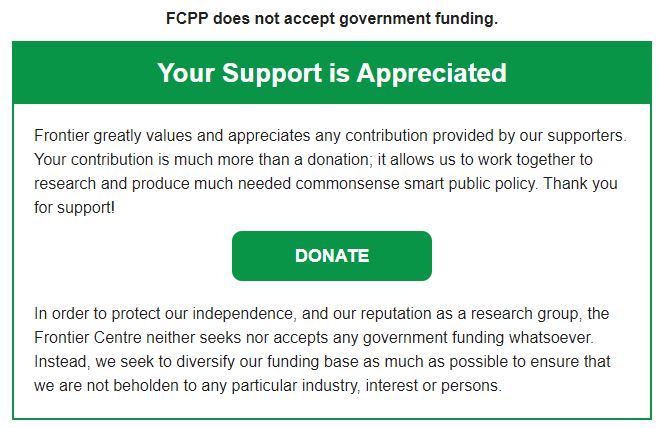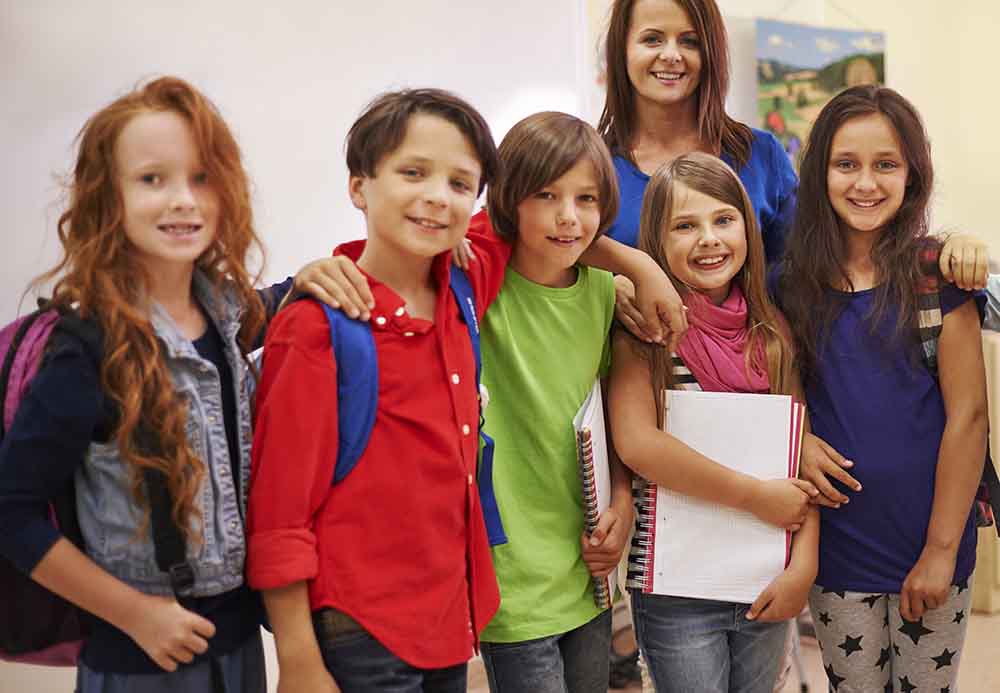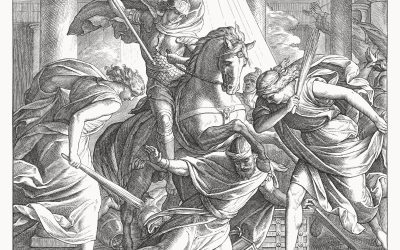One thing we’ve learned this year is that global pandemics have a big impact on teaching and learning. Since mid-March, regular K-12 classes have been suspended and instruction has moved online.
While schools will partially reopen in June, this does not mean things are going back to normal just yet. Students will gain limited access to schools in order to meet with teachers and complete assessments but regular in-class instruction won’t resume until fall.
However, some politicians apparently want fall classes to be suspended as well. For example, Manitoba’s NDP leader recently posted a tweet asking why the Manitoba government was planning to resume regular classes in K-12 schools this fall when colleges and universities were putting their courses online.
The answer to this question is obvious—K-12 students are not university students. There’s a world of a difference between a first-year university student taking a biology course and a Grade 1 student learning how to read for the first time. Anyone who works with children in school would know this.
The reality is that students learn best when they develop strong personal connections with their teachers. The only reason emergency remote learning wasn’t a total disaster this spring was because teachers could lean heavily on the relationships they had previously built up with students over the course of a school year.
Simply put, it’s a lot more feasible to finish off a school year using remote learning than it would be to start a school year this way.
The same is true of hybrid measures such as staggered school days where students attend school on a rotating basis and do the remainder of their learning at home. Not only would this be a logistical nightmare for schools, its effectiveness would be limited.
That’s because physical distancing measures at school are more symbolic than anything else. Kids will come into contact with each other during the school day no matter what rules we put in place.
Fortunately, the best scientific evidence we now have indicates that school-age children are less likely to contract COVID-19 or develop serious complications from this virus than anyone else. If it is safe for children to visit grocery stores and hang out in public shopping malls, it should be safe for them to attend school.
In addition, we need to stop dwelling on worst case scenarios from other jurisdictions and instead look at the Manitoba context, where our active COVID-19 caseload remains exceptionally low. The whole point of physical distancing restrictions was to flatten the curve so our hospitals don’t become overwhelmed with critically ill patients. So far, that goal has been achieved in Manitoba.
Even so, COVID-19 isn’t going away anytime soon. Most experts say it will be at least a year, and probably much longer, before a COVID-19 vaccine becomes available. Obviously, our students need to get back to regular classes a whole lot sooner than that.
While we want to keep students safe, it’s important to recognize that safe does not mean zero risk. Everything we do in life involves at least some level of risk. There has never been a time in history when schools have been completely risk-free.
Manitoba students have missed out on enough learning this year. By the time fall arrives, let’s hope students are back in regular classes.
Michael Zwaagstra is a public high school teacher, a research fellow with the Frontier Centre for Public Policy, and author of A Sage on the Stage: Common Sense Reflections on Teaching and Learning.



